Experts say these are the jobs to do in the garden in June - from planting to pinching out
The start of summer signals long days and heaps of sunlight, making it the perfect time to do a spot of gardening


Summer is here and we can’t wait to share with you our tips for making the most out of your garden this June. It's the perfect time to try out any new garden ideas to give your outdoor space a fresh new look.
The sun is shining, fruits are ripe and flowers are in full bloom, which means your garden will be attracting admirers both wanted and unwanted.
Pests will be lurking to feast on ripe fruits so make sure your garden is protected. You should also take action to make sure that your plants are getting the food and care they need to flourish. There are plenty of plants to grow in June, so you'll have lots to keep busy this month.
Jobs to do in the garden in June
Lilidh Matthews, horticulture buyer at Wyevale Garden Centres, shares her gardening jobs of the month, helping you to get one step closer to your dream garden.
1. Snip off and spray your roses
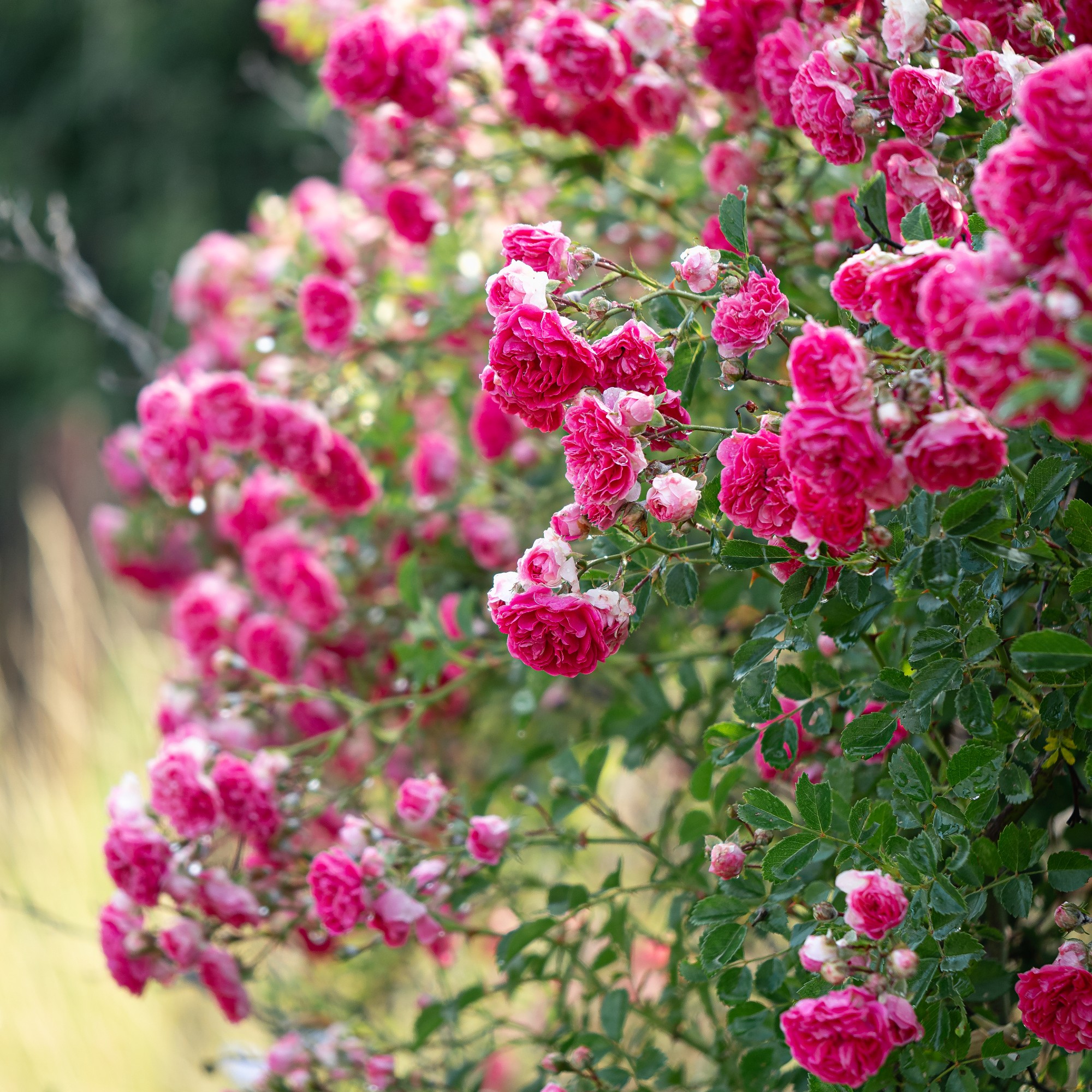
June is the perfect time to deadhead your roses after they have flowered. This is a quick and easy job which stimulates the growth of new blooms and extends the flowering season.
Make sure you snip off the old flower at the base of the bloom - this will encourage the plant to send new shoots from the leaves near the top of the bush, producing smaller flowers. Don’t forget to spray your roses, too, to ensure they remain healthy throughout the drier months.
2. Protect ripe fruits from ravenous pests
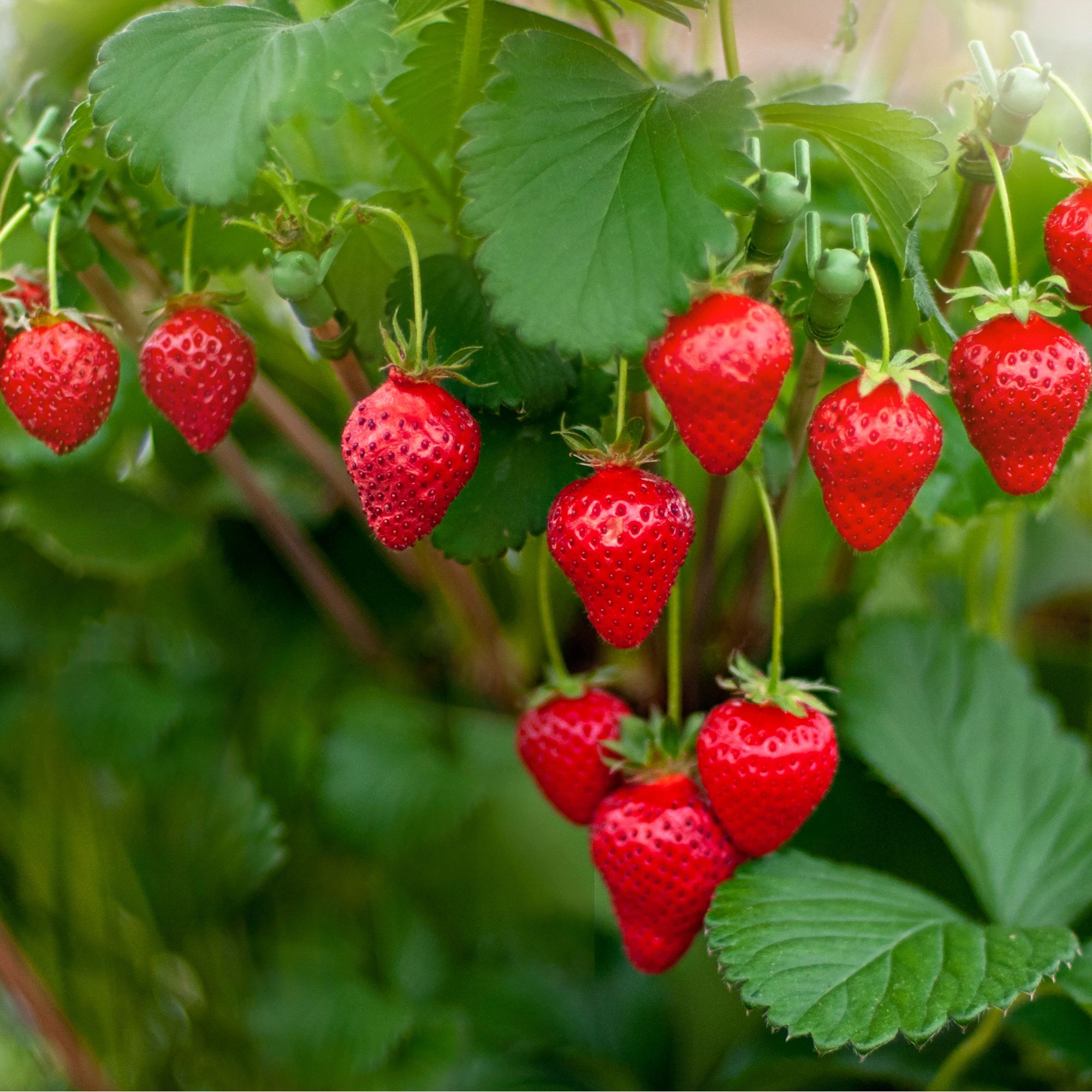
Your garden is looking particularly vibrant, packed full of exotic colours and scents, which means it won’t just be friends and family flocking to enjoy it, but plenty of wildlife, too. Birds and other species will be seeking out fruits and seeds to snack on, so be ready to protect your produce.
Sign up to our newsletter for style and decor inspiration, house makeovers, project advice and more.
Mesh netting is a great non-chemical solution to deter pests and allow your fruit to fully ripen, and a mesh bag gardening hack has been taking TikTok by storm. Remember, it’s important to wait until the bees and butterflies have worked their pollinating magic before you cover your plants.
3. Plant out tender vegetables
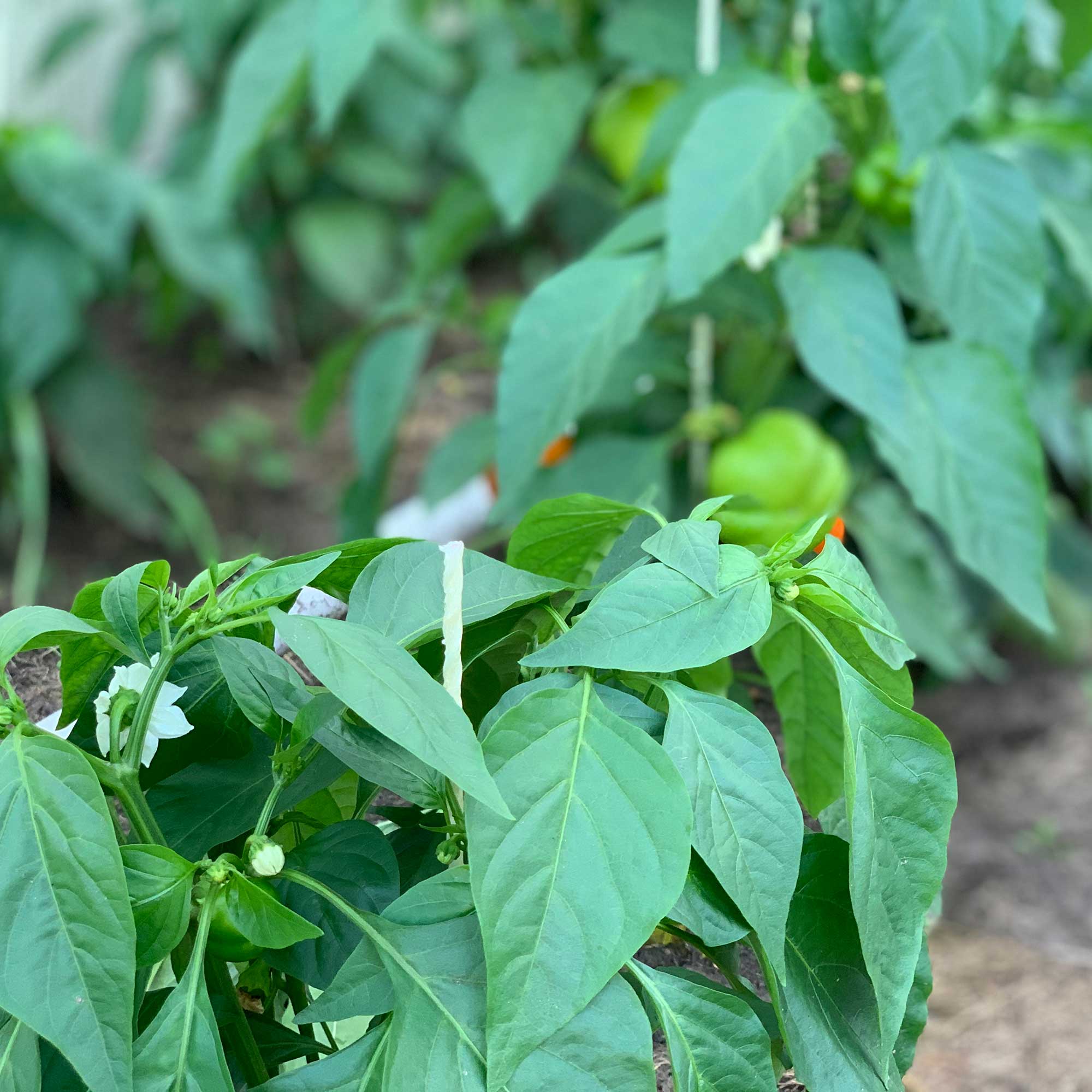
Make sure to plant tender vegetables such as cucumbers, courgettes, and peppers. June is the perfect time to plant up these vegetables as there is a significantly reduced risk of wind and frost, conditions which are detrimental to the growth of tender vegetables. The hot weather provides the perfect conditions for these vegetables to grow, ready to harvest in the following months!
4. Start feeding and pinch out tomatoes
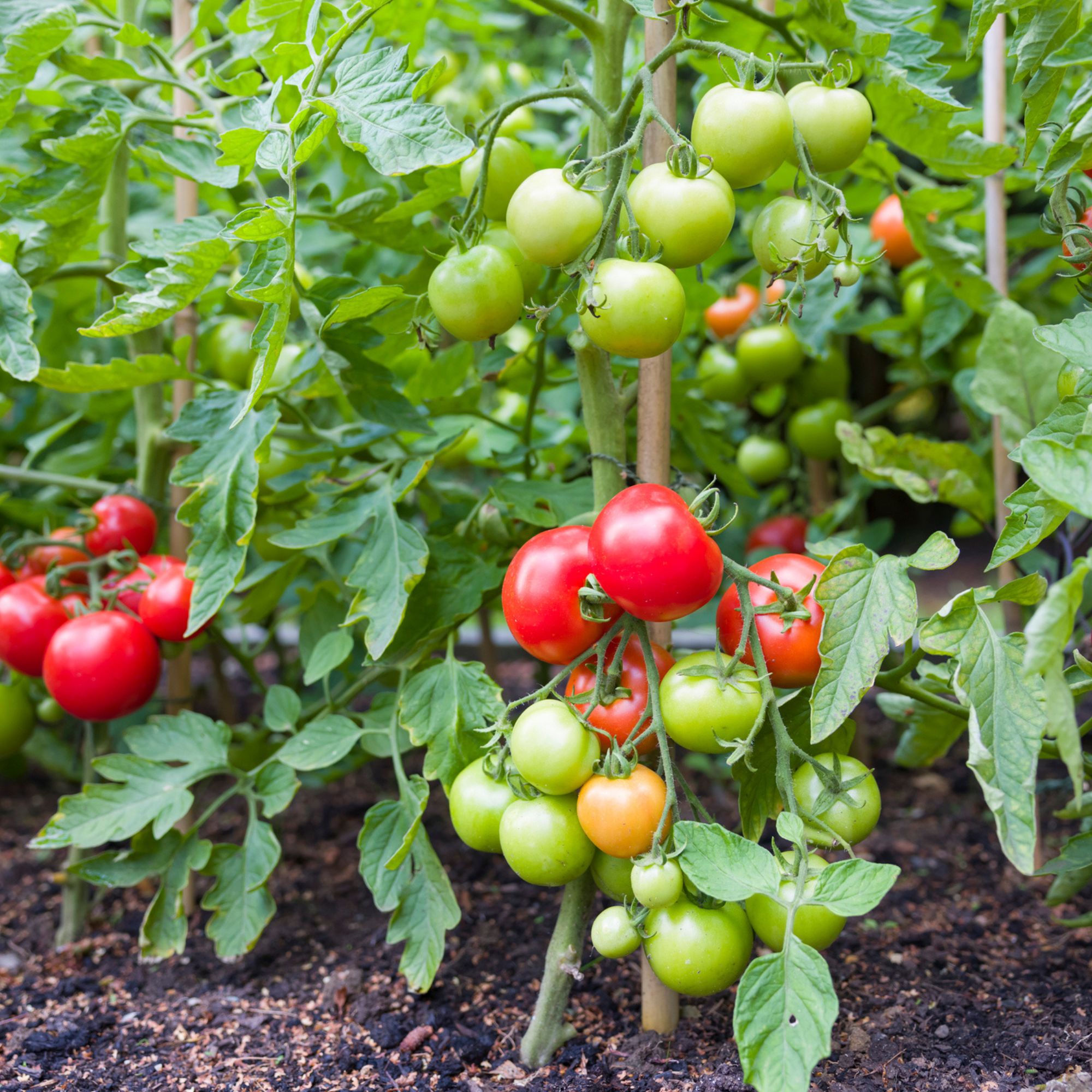
Pinching out encourages branching on the tomato plants, as by cutting off part of the main stem, you encourage the plant to grow two new stems from the leaf nodes below the pinch.
Simply use your fingernails to pinch off the new growth at the end of the stem (if you don’t want to use your fingers, you can always use a sharp pair of pruning shears!). When it comes to growing tomatoes, using this simple technique means you'll be well on your way to bumper harvests this year.
5. Feed baskets and containers
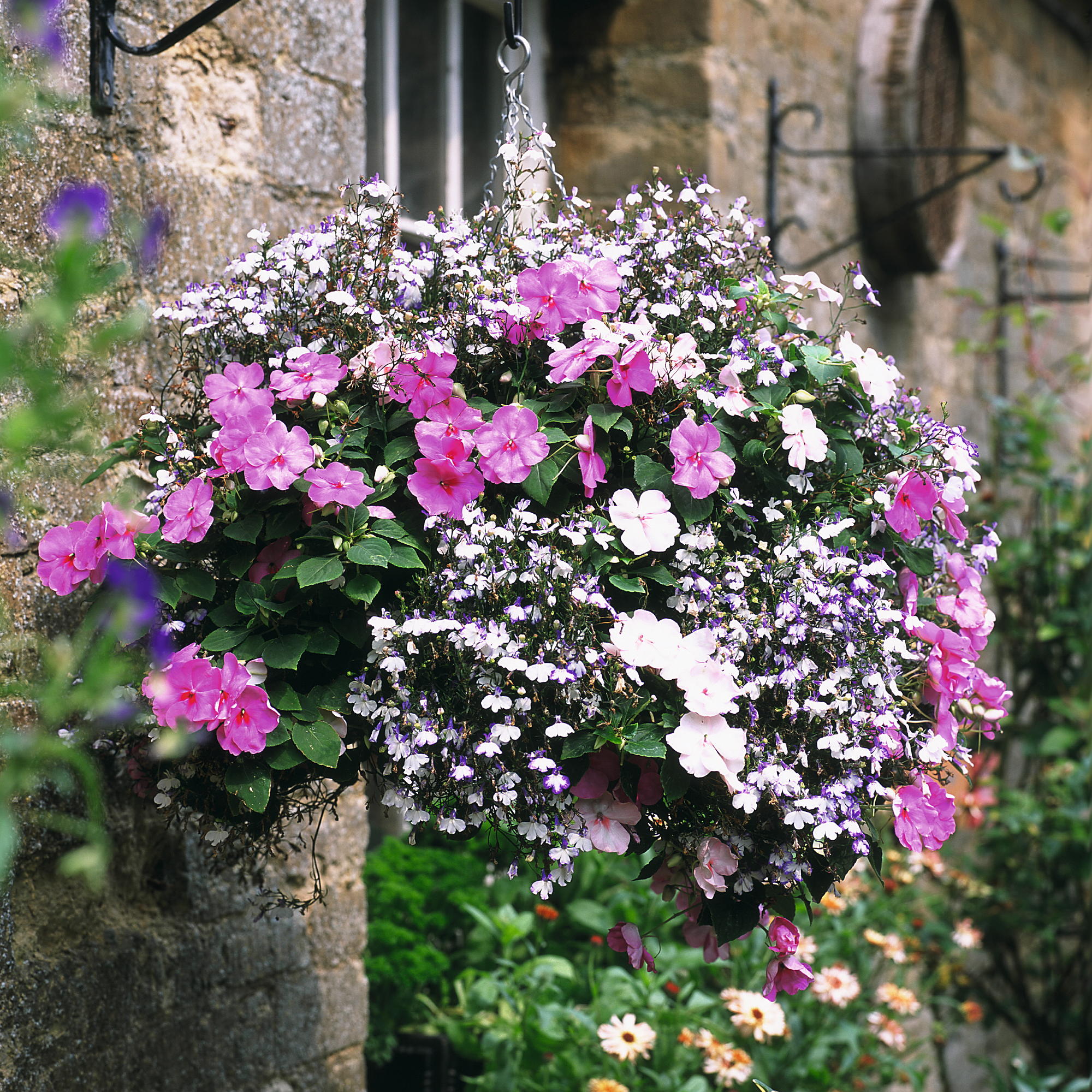
Check baskets and containers every day to avoid them drying out in the hot weather.
Ensure that they remain moist but not soggy as over-watering leads to poor quality plants. Make sure to also apply a liquid fertiliser once a week to ensure the containers and baskets maintain optimum conditions for plant growth.
6. Offer your support!
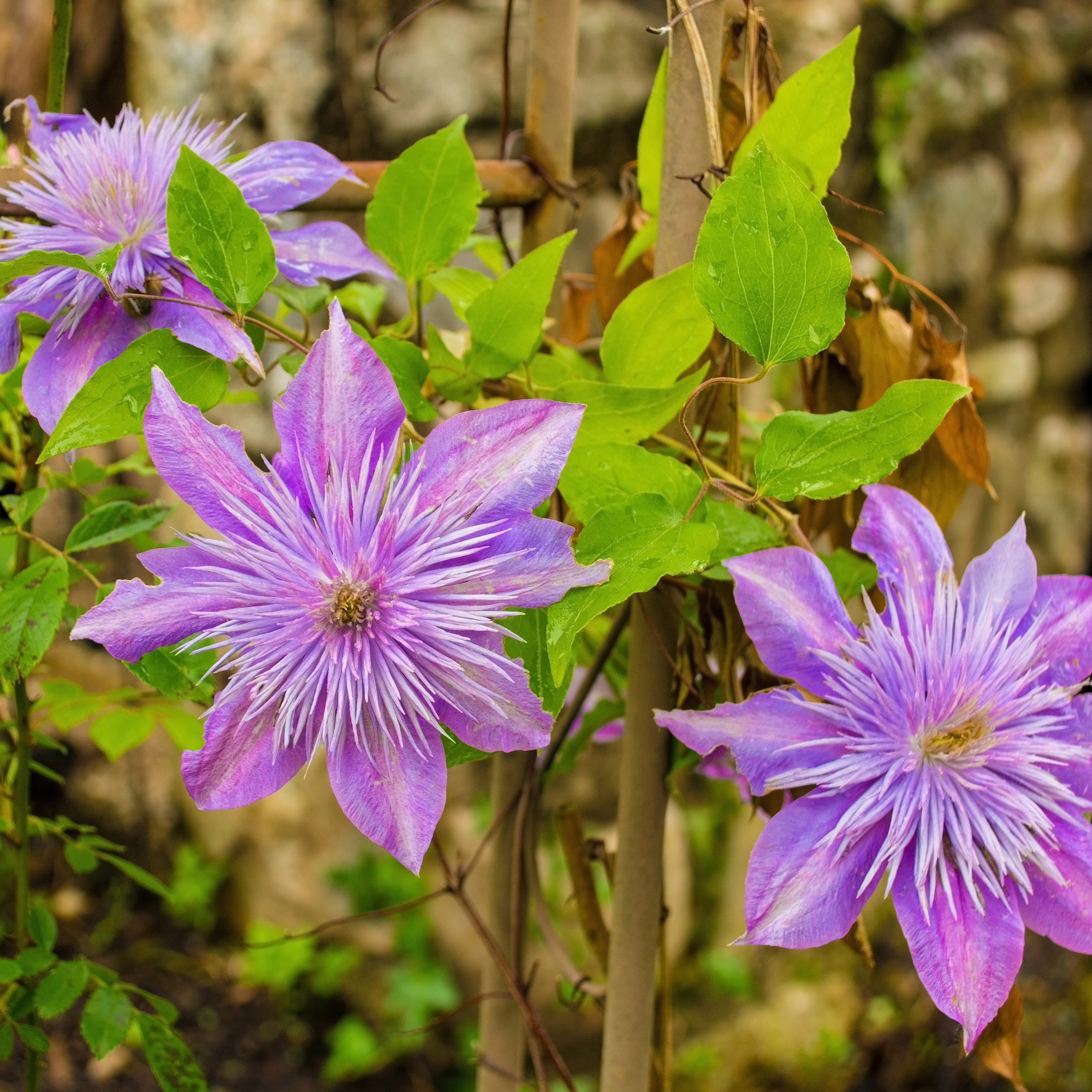
June is the perfect time to support your tall-growing perennials. During these warmer months, perennials are in full bloom and therefore vulnerable to collapse as their long stems and heavy heads make them top-heavy and prone to flopping. Make sure these plants have plenty of support to stay upright and prevent damage during windy or rainy days by using frames or canes and tying the stems securely using twine.
Ideally, you should put any supports – such as bamboo canes – in place before you plant. If you need to put supports up near a wall or fence, place them around 5cm away. Plant supports can be attractive, too - trellis makes a stunning feature outdoors, and there are various trellis ideas for gardens on a budget.
7. Lift tulip bulbs
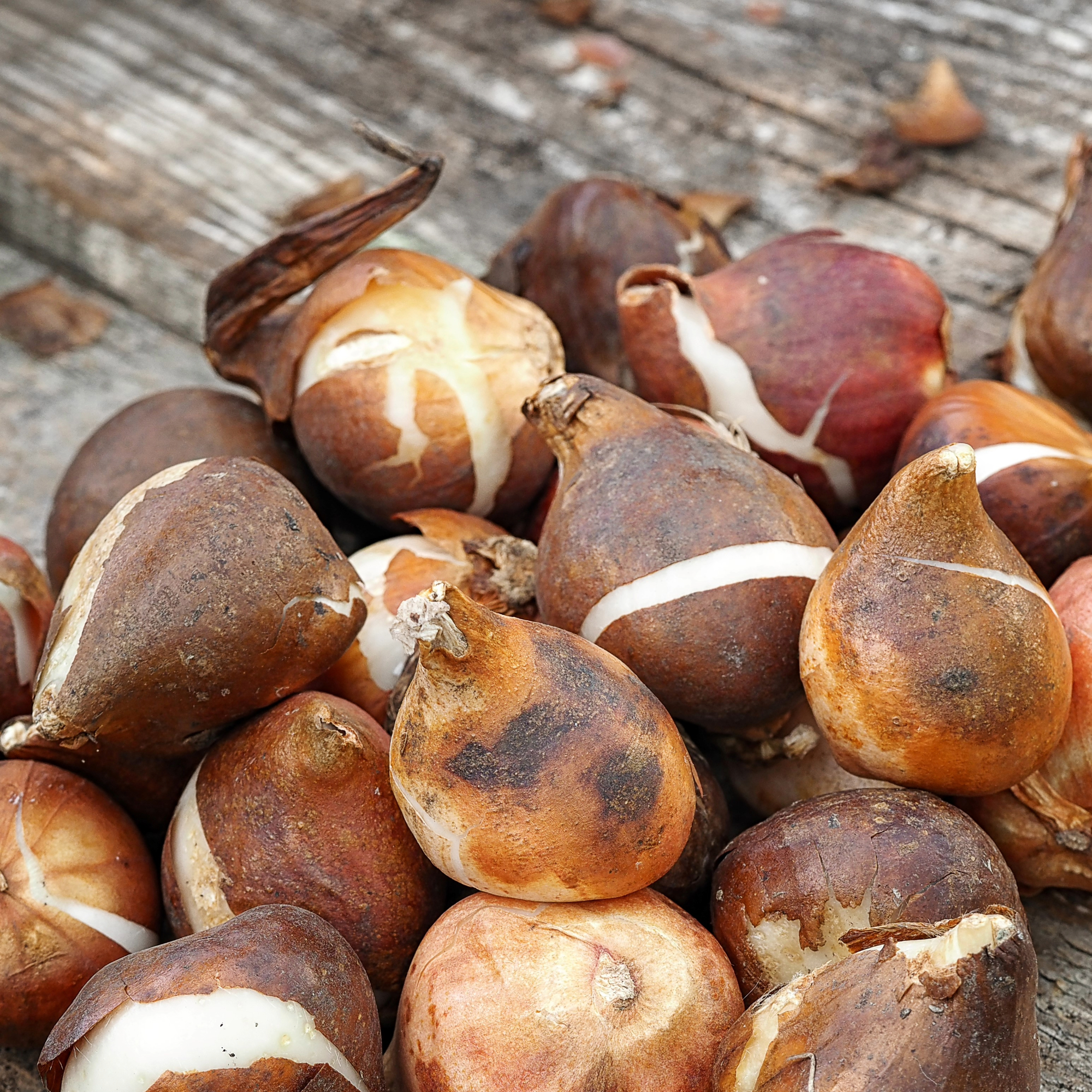
June 21 is the longest day of the year, and the extra light and warmth encourages the garden to grow. Take softwood cuttings and collect ripe seeds of any flowers you want to grow again next year. Tulip bulbs can also be lifted now, or replanted in a cool, dark spot.
8. Snip, sow and dry herbs

Pick and sow herbs. They're so easy to grow, whether in beds, borders, containers or on windowsills. Herbs grow best with full sun and light, well-drained, moisture-retentive, fertile soil with plenty of organic matter incorporated.
9. Deadhead plants that have flowered
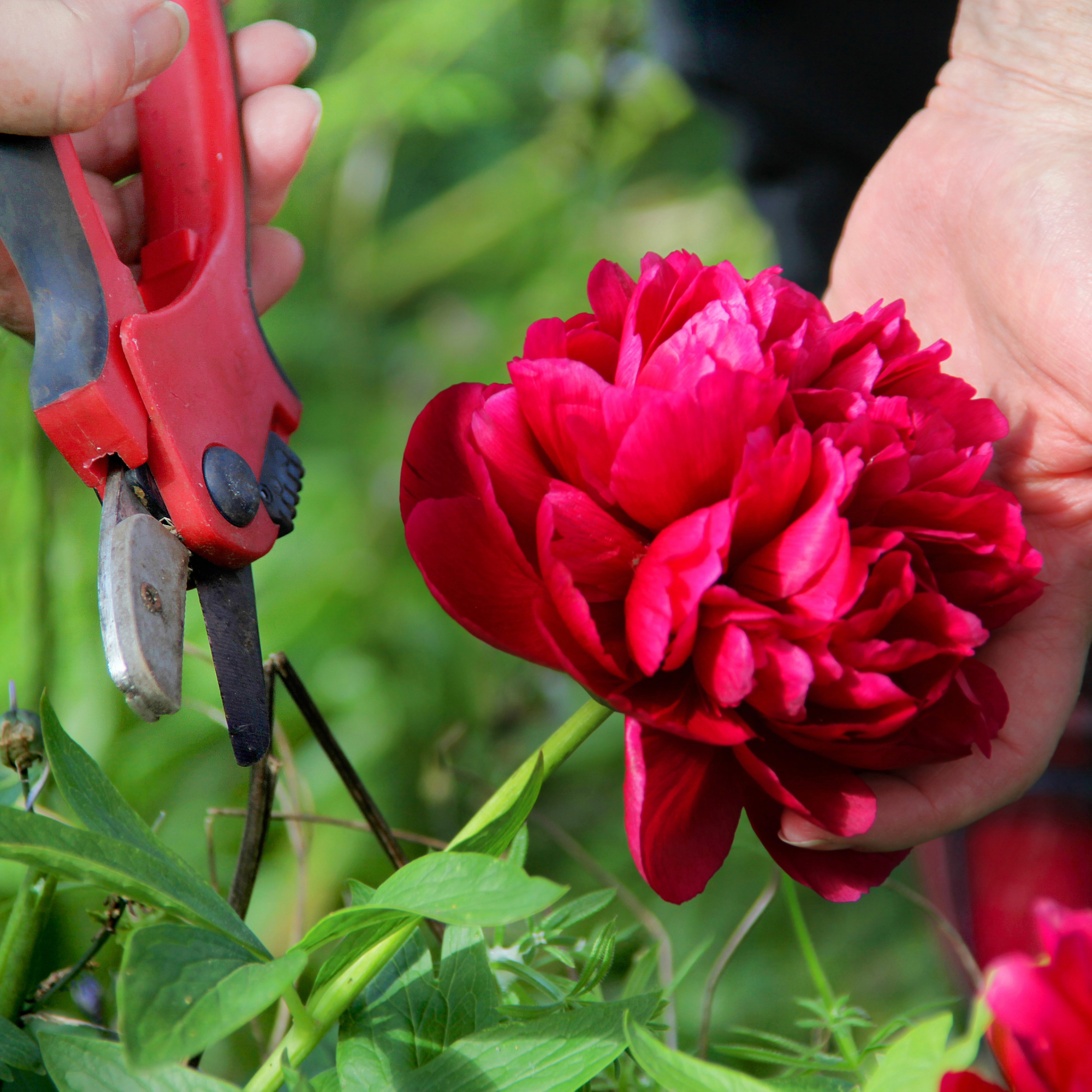
Extend the flowering season of your garden by deadheading and cutting back plants like peonies once they have flowered; it may sound brutal, but the action will in fact encourage the plants to grow back and to flower again.
10. Cut back beech hedging
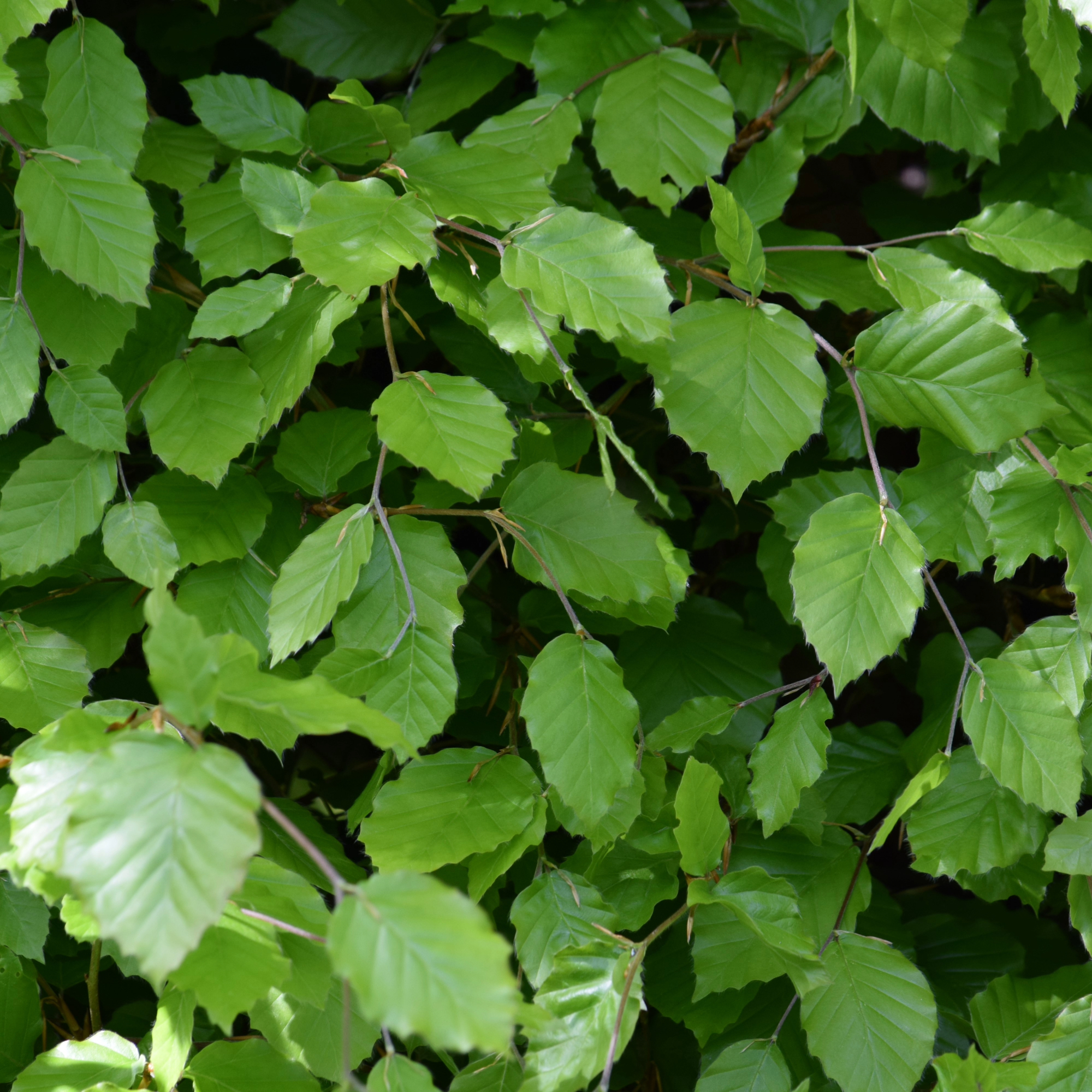
Start pruning any trained fruit trees and bushes. Before you start cutting your beech hedges and clipping any evergreen hedging, check for any nesting birds; at Highgrove, the clipping and cutting does not begin until July, to leave wildlife in peace for as long as possible.
11. Transplant winter crop seedlings

Although early June can be quite wet, night frosts should be well and truly over and any winter crop seedlings can be safely transplanted out into your vegetable beds.
12. Check for bee swarms
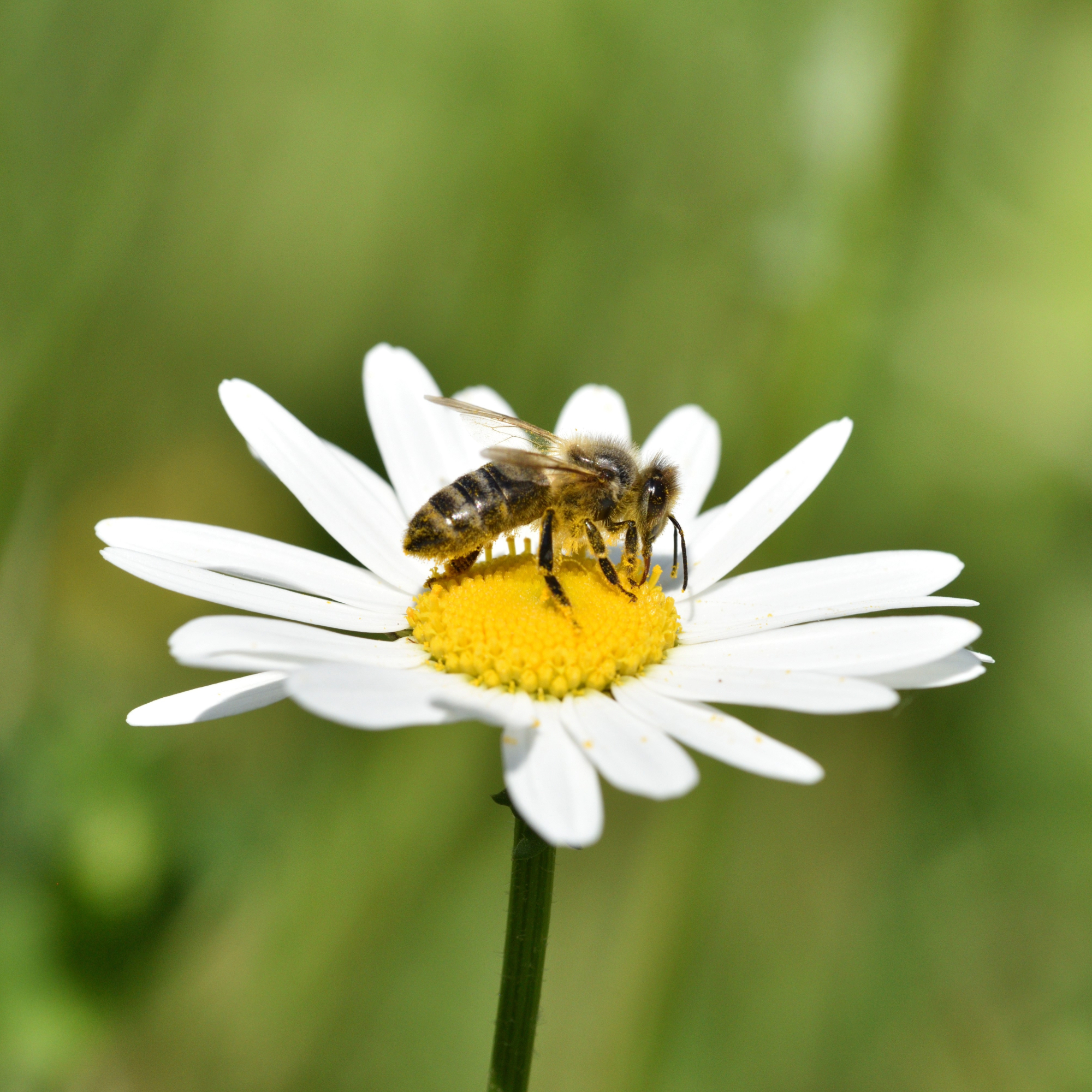
Insects thrive at this time of year. Check for honeybee swarms – in most cases, the bees shouldn't bother you if you don't bother them, but if the nest is causing a real problem, the British Bee Keepers' Association can put you in contact with a bee collector, who will usually take away the swarm free of charge.
If you want to give them their own space in the garden, there are lots of creative bee garden ideas that will make your garden a safe haven for bees.
Happy gardening! We hope you can tick off all these jobs to do in the garden in June.
What you'll need
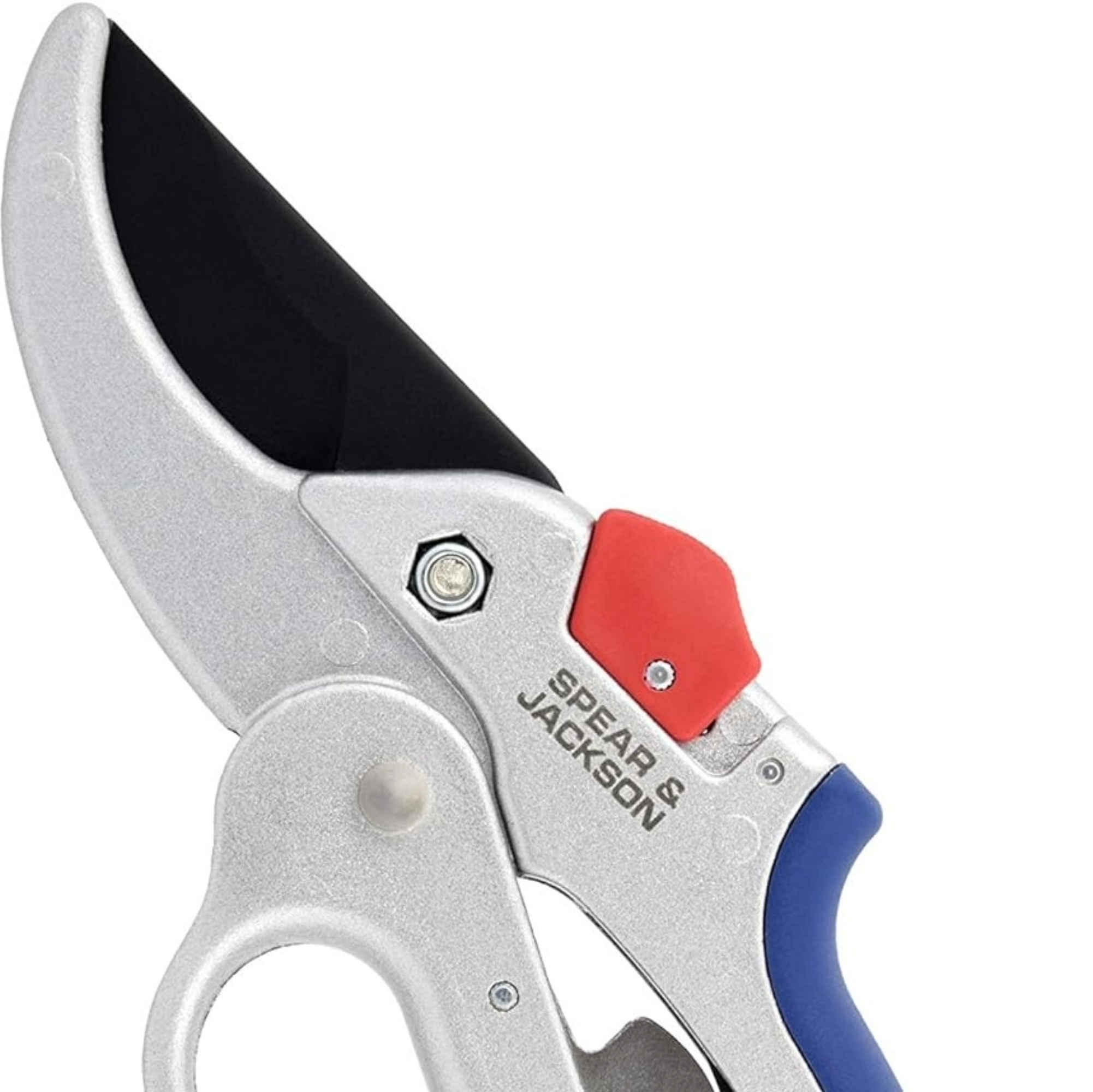
You'll need a good pair of secateurs for any deadheading you'll be doing this summer. With geared action for easier cutting and a comfortable grip, Spear & Jackson's Razorsharp Geared Anvil Secateurs make deadheading a smooth task. Plus, the SK5 steel blade is coated with PTFE, ensuring lasting sharpness and resistance to rust.
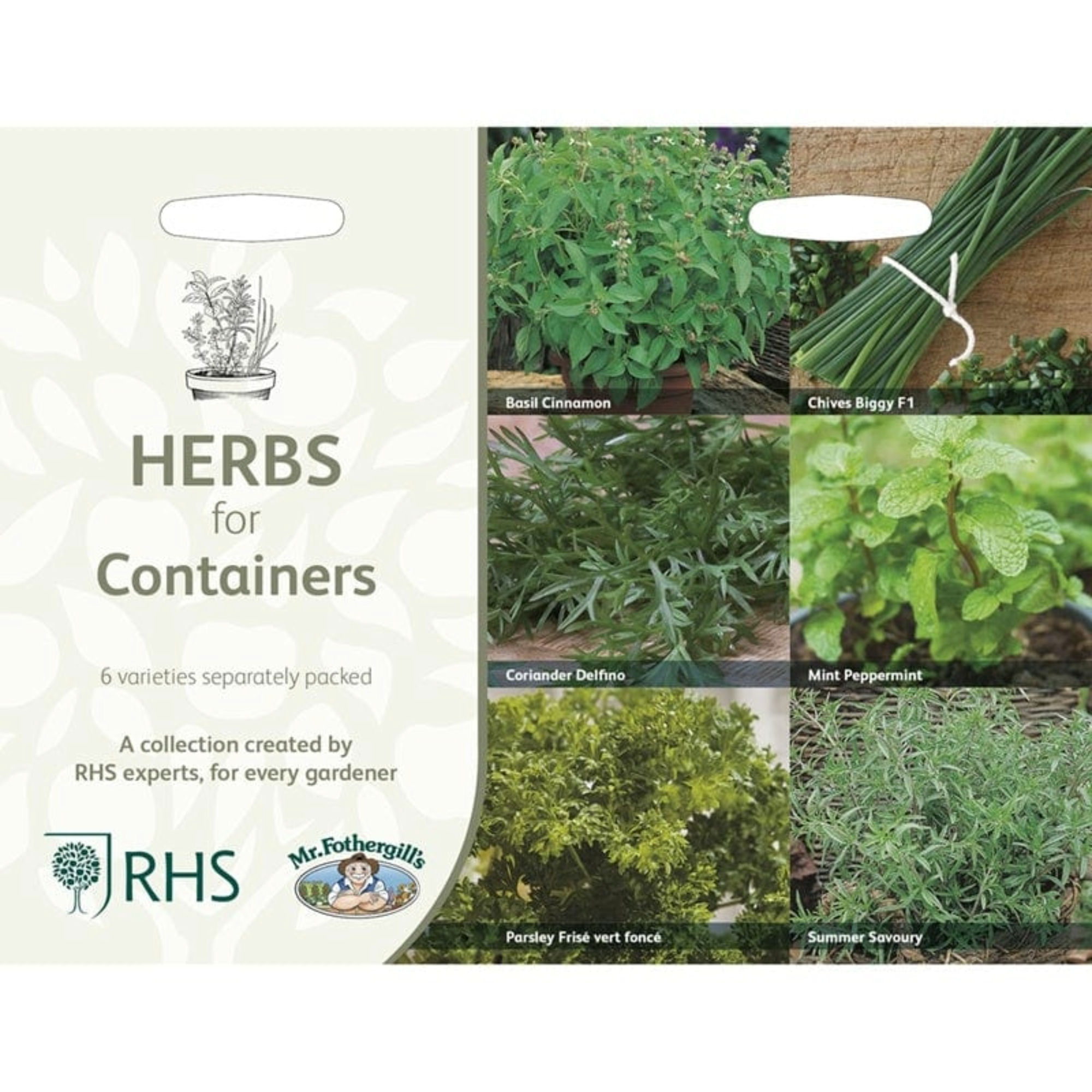
If you're wondering which herbs to add to your garden, why not sample a collection from Mr Fothergill's? Created by RHS experts, the Herbs for Containers Collection includes six varieties, from peppermint to chives. They're ideal for sowing in containers, meaning you can grow them anywhere in the garden.
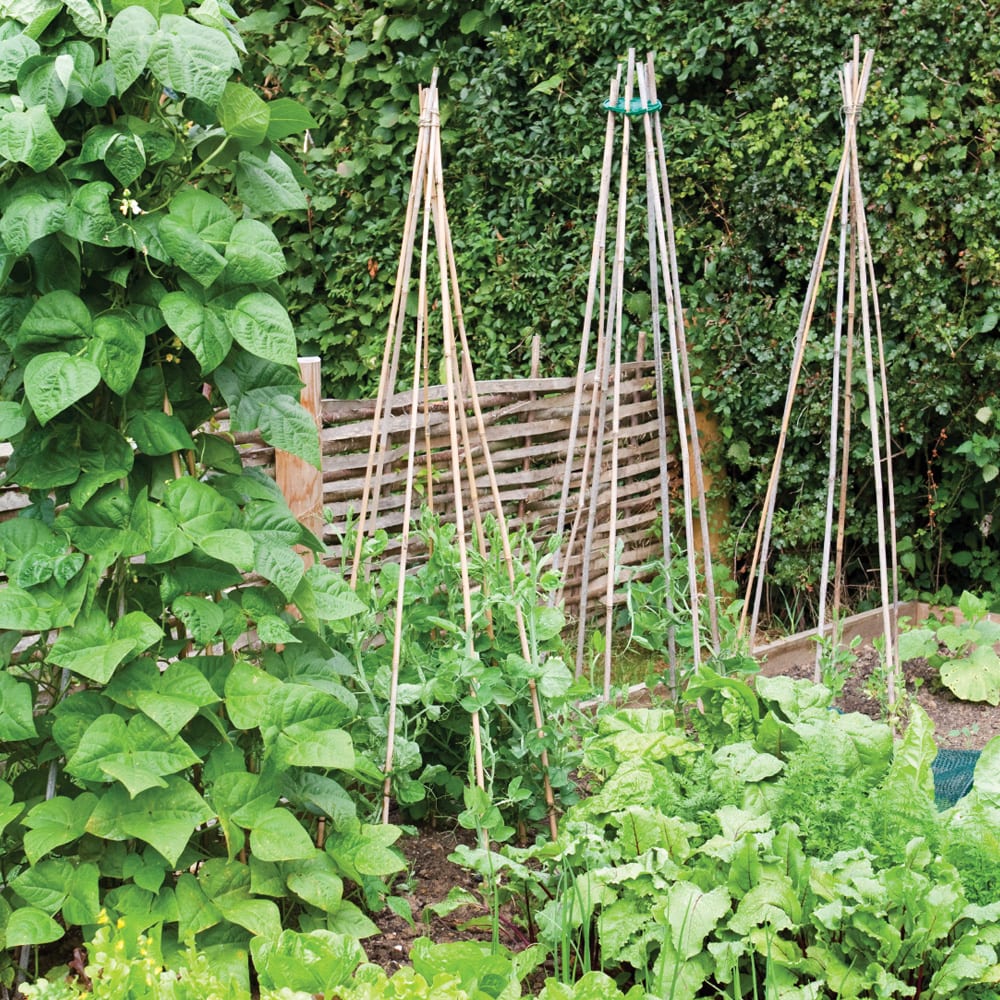
These Heavy Duty Bamboo Canes from Agriframes will stand the test of time in any garden. Crafted from heavy duty graded bamboo, the canes are available in six sizes - from 3ft to 8ft - meaning there is an option to suit every space. They'll make practical and attractive features in the garden.
FAQs
What can I harvest in June?
Morris Hankinson, Founder and Managing Director at Hopes Grove Nurseries, discusses the various fruits and vegetables you can enjoy in June.
'It's officially strawberry season, just in time for Wimbledon where everyone enjoys the iconic strawberries and cream! Remember that not all the strawberries will ripen at the same time, so check each one before picking. Several other types of berries are able to be harvested in June too, such as gooseberries.'
'It's also the start of the harvest season for peas, and you should only pick them a short time before you intend to eat them. It's also important to continue regularly picking throughout harvesting season, otherwise, your peas may stop producing pods.'
'Other vegetables you can look forward to harvesting this month include broad beans, beetroot and spring onions.'
Which plants flower in June?
John Clifford, gardening expert at Gardenstone, has the lowdown on blooms you'll see in the garden this month.
'In June, you can expect many plants to be flowering, including lupins, peonies, roses, clematis, geraniums, violetta, sweet peas, irises, poppies, delphiniums, lavender and foxgloves.
'As there are many varieties of each type of flower, it's important to note that each variety will likely bloom at different times. For example, there are lots of irises that will bloom earlier in late spring, while other varieties will bloom in June.
'If buying plants to specifically bloom in June, it's a good idea to do prior research to planting, and make sure that you plant bulbs or sow seeds at the right time to encourage June blooms.'

Sophie joined the Ideal Home team as Gardens Editor in June 2024. After studying English at Royal Holloway, University of London, she began writing for Grow Your Own, which spurred on her love of gardening. She's tried growing almost every vegetable under the sun, and has a soft spot for roses and dinnerplate dahlias.
As Gardens Editor, Sophie's always on the lookout for the latest garden trend. She loves sharing growing hacks for every space, from herbaceous borders to balconies.